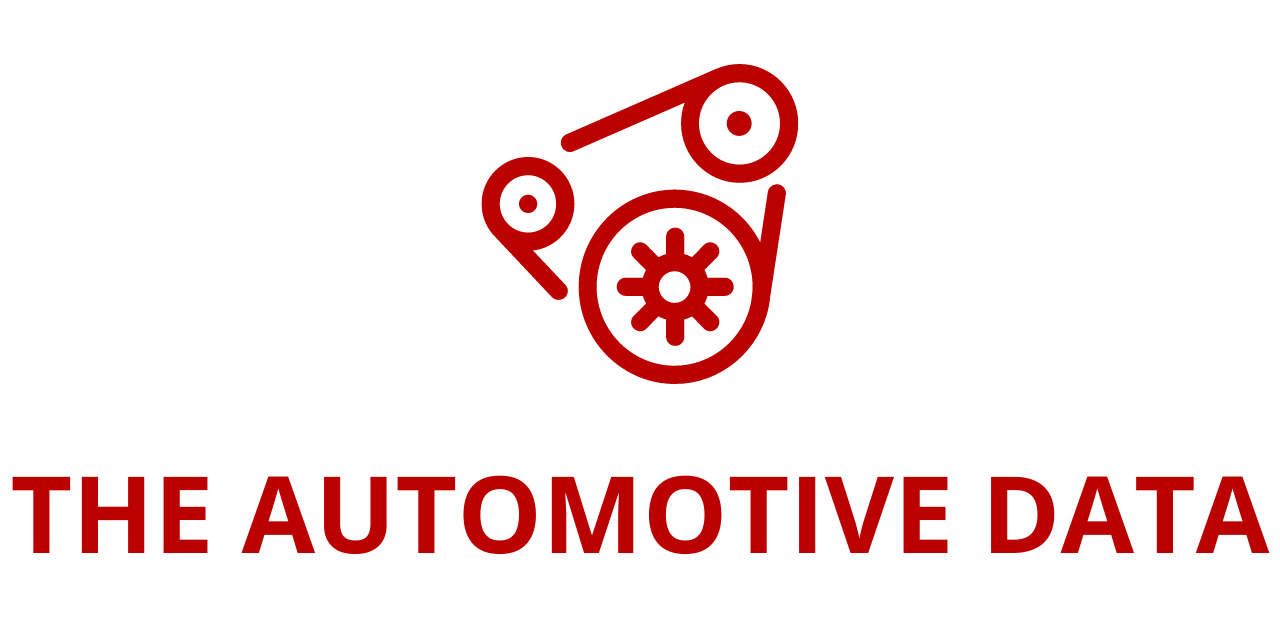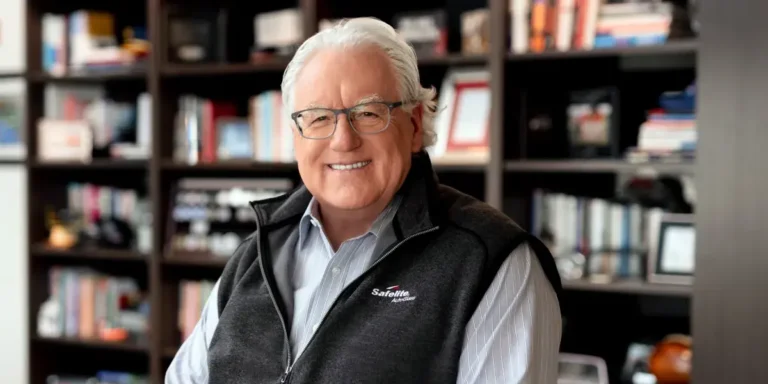
For decades, flat screens—be it televisions, monitors, smartphones, or tablets—have defined how we consume and interact with information. This two-dimensional approach has shaped our perception of data and visuals in everyday life. However, recent breakthroughs in spatial computing and wearable electronics are breaking new ground, adding an immersive third dimension. Porsche, a pioneer in automotive innovation, is embracing this transformative technology to revolutionize the way it presents its vehicles to the media and, potentially, its customers.
A New Dimension of Detail
This summer, Porsche hosted a groundbreaking media event at the Ascari circuit in Spain for the launch of the new 911 Carrera GTS. Journalists were given Apple Vision Pro headsets, introducing them to an unprecedented way of experiencing the sports car. Using spatial computing technology, attendees were taken on an immersive journey under the car’s sleek exterior, guided by Porsche engineers who explained the intricate details of the new T-Hybrid system.
Unlike traditional presentations, where static displays or 2D graphics dominate, this new approach allowed attendees to explore the car like never before. Components of the 911 Carrera GTS were virtually deconstructed, revealing intricate systems and mechanisms. Attendees could view the car’s underside, examine its aerodynamics, and interact with its systems in stunning detail. With Apple’s spatial computing capabilities, the experience transcended the limitations of conventional presentations.
Visual Precision with Apple Vision Pro
The Apple Vision Pro’s 4K resolution for each eye and passthrough functionality proved instrumental in delivering this cutting-edge experience. These features enabled media participants to virtually peel back the car’s outer shell, uncovering the hybrid powertrain beneath—a motorsport-inspired system that integrates a revolutionary electric exhaust gas turbocharger. This new technology significantly reduces the time required to reach peak boost pressure, offering an unparalleled driving experience.
Matthias Hofstetter, Director of Powertrain Product Line 911, emphasized the pivotal role of this technology in effectively communicating complex engineering concepts.
“There are always questions at the end of a workshop, and, in this case, they were very precise, demonstrating a clear understanding of the technology,” Hofstetter shared. “This allowed us to focus on core issues. Not one piece of coverage I read afterward misinterpreted the complex information we shared. That equals success for me. The feedback from the media was unanimous—Porsche had set a new standard.”
Transforming Media Coverage
The event wasn’t just a success for Porsche’s engineers but also for the attending journalists, who found the immersive visuals game-changing. British journalist Henry Catchpole, who creates content for Hagerty, praised the augmented reality experience.
“For the Hagerty editorial films, we’re always looking for innovative and visually interesting ways to communicate with our audience,” Catchpole explained. “The augmented reality room provided the perfect means to demonstrate what’s under the skin of the 911 GTS T-Hybrid. It made complex technology much easier to communicate.”
The use of Apple Vision Pro technology enabled media professionals to deliver better-informed and visually engaging stories. The high-resolution graphics and spatial interactivity ensured that the intricacies of the T-Hybrid system were effectively translated to their audiences.
A Continuation of Porsche’s AR Journey
This event represents a significant evolution of Porsche’s use of augmented reality. The company first experimented with AR through the Taycan AR Event App, allowing users to explore the engineering and technical features of the Taycan using iPhones. While effective, this earlier venture pales in comparison to the depth and detail offered by the Apple Vision Pro system.
Future Plans: Remote Collaboration with SharePlay
Porsche isn’t stopping at in-person events. The automaker is set to leverage Apple’s spatial Persona and SharePlay features to take media interactions to the next level. These tools will enable remote participation, allowing media guests from across the globe to join technical deep dives and collaborate virtually as if they were in the same room.
This approach promises to extend the reach of Porsche’s media presentations, making them accessible to a wider audience without compromising the immersive quality. Journalists, dealers, and even customers could experience Porsche’s innovations from anywhere in the world, redefining how the company engages with its stakeholders.
The Potential of Spatial Computing
While traditional 2D presentations may not disappear overnight, spatial computing is clearly opening up new possibilities. This technology has the potential to redefine how companies like Porsche communicate with the media, dealers, colleagues, and customers. By embracing spatial computing, Porsche is setting a bold precedent for the automotive industry, showcasing how immersive technology can enhance understanding and create impactful storytelling.
In a world where technology continues to evolve rapidly, Porsche’s integration of spatial computing is a glimpse into the future—a future where interaction and visualization transcend the limitations of flat screens and static presentations.







